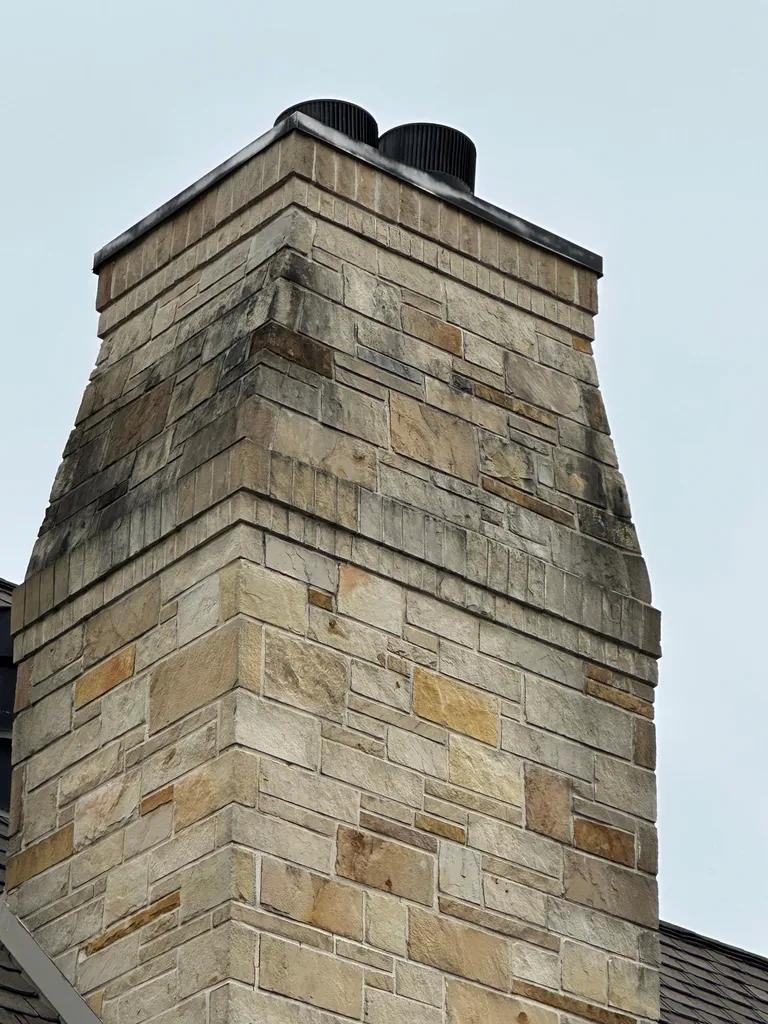Tuckpointing, the process of repairing and replacing deteriorating mortar joints in brickwork, may not always be top of mind for property owners. However, maintaining the integrity of brick structures through tuckpointing is crucial for preserving their longevity and aesthetic appeal. In this article, we will delve into the importance of tuckpointing brickwork and explore the benefits of investing in this essential maintenance technique.
Table of Contents
- Signs of Deteriorating Mortar Joints
- Benefits of Tuckpointing Brickwork
- Professional Tuckpointing Process
- Tips for Maintaining Brickwork Investment
- Q&A
- The Conclusion

Signs of Deteriorating Mortar Joints
One of the most common in brickwork is cracking. Over time, the mortar between bricks can crack due to weathering, settling, or poor construction. These cracks can allow water to seep into the joints, leading to further deterioration of the mortar.
Another sign of deteriorating mortar joints is crumbling or missing mortar. When mortar begins to crumble or fall out from between the bricks, it weakens the structure of the wall. This can lead to instability and potential safety hazards. It is important to address deteriorating mortar joints promptly to prevent further damage and maintain the structural integrity of the brickwork.

Benefits of Tuckpointing Brickwork
Regular maintenance of brickwork is essential to ensure the structural integrity and aesthetic appeal of a building. One crucial aspect of brickwork maintenance is tuckpointing, a process that involves repairing damaged mortar joints between bricks. Here are some of the key :
<ul>
<li><strong>Enhanced Durability:</strong> Tuckpointing helps to strengthen the mortar joints, preventing water penetration and ultimately extending the lifespan of the brickwork.</li>
<li><strong>Improved Appearance:</strong> By carefully matching the color of the new mortar to the original brickwork, tuckpointing can significantly enhance the visual appeal of a building.</li>
<li><strong>Prevention of Structural Damage:</strong> Crumbling mortar joints can lead to structural issues over time, but tuckpointing can help to maintain the stability of the brickwork.</li>
<li><strong>Cost-Effective Solution:</strong> Tuckpointing is a relatively affordable maintenance task that can prevent more costly repairs in the future.</li>
</ul>
<table class="wp-block-table">
<tr>
<td><strong>Benefit</strong></td>
<td><strong>Description</strong></td>
</tr>
<tr>
<td>Enhanced Durability</td>
<td>Strengthens mortar joints to prevent water damage.</td>
</tr>
<tr>
<td>Improved Appearance</td>
<td>Enhances the visual appeal of the building.</td>
</tr>
</table>
Professional Tuckpointing Process
During the tuckpointing process, skilled masons meticulously remove deteriorating mortar from between bricks and replace it with fresh mortar. This technique not only enhances the appearance of the brickwork but also provides structural support and protection for the building. The involves several steps to ensure a long-lasting and visually appealing result.
- Assessment: The first step in the tuckpointing process is to assess the condition of the existing mortar and bricks. This involves inspecting for cracks, gaps, and signs of deterioration.
- Preparation: Before tuckpointing can begin, the area must be cleaned and old mortar removed. This ensures proper adhesion and a clean finish.
- Repointing: Skilled masons carefully apply new mortar to the joints between bricks using specialized tools. The mortar is shaped and smoothed to match the existing brickwork.
| Benefits of Professional Tuckpointing: |
| Enhances curb appeal |
| Improves structural integrity |
| Prevents water damage |

Tips for Maintaining Brickwork Investment
When it comes to maintaining your brickwork investment, one crucial aspect that often gets overlooked is tuckpointing. Tuckpointing is the process of repairing mortar joints in brickwork to ensure structural integrity and aesthetics. Over time, mortar joints can deteriorate due to weather exposure, leading to potential water damage and structural issues. By investing in tuckpointing, you not only improve the appearance of your brickwork but also extend its lifespan.
Regular tuckpointing can help prevent water infiltration, which can cause mold and mildew growth, as well as damage to the interior of your property. Additionally, tuckpointing can help maintain the overall value of your property by keeping the brickwork in top condition. It is recommended to inspect your brickwork regularly and address any deteriorating mortar joints promptly to avoid more extensive and costly repairs in the future.
Q&A
Q: What is tuckpointing and why is it important for brickwork?
A: Tuckpointing is the process of repairing mortar joints in brickwork by filling in the gaps with fresh mortar. It is important because it helps to maintain the structural integrity of the brickwork and prevent water damage.
Q: How often should tuckpointing be done on brickwork?
A: Tuckpointing should be done as needed, typically every 20-30 years depending on the condition of the mortar joints. It is important to inspect the brickwork regularly to determine when tuckpointing is necessary.
Q: What are the benefits of tuckpointing brickwork?
A: Tuckpointing helps to prevent water penetration, which can cause damage to the brickwork and compromise its structural integrity. It also enhances the appearance of the brickwork by giving it a fresh, clean look.
Q: Can tuckpointing be done as a DIY project or should it be done by professionals?
A: While tuckpointing can be done as a DIY project, it is recommended to hire professionals for larger or more complex jobs. Professionals have the skills and experience to ensure the tuckpointing is done correctly and effectively.
Q: What are some signs that brickwork may need tuckpointing?
A: Signs that brickwork may need tuckpointing include crumbling or deteriorating mortar joints, cracks in the brickwork, water stains on the walls, and gaps between bricks. It is important to address these issues promptly to prevent further damage.
The Conclusion
In conclusion, tuckpointing brickwork is a crucial maintenance practice that not only enhances the aesthetic appeal of a building but also preserves its structural integrity. By promptly addressing deteriorating mortar joints, property owners can prevent water infiltration, mold growth, and possible structural damage. It is recommended to schedule regular inspections and maintenance by qualified professionals to uphold the longevity and value of your property. Remember, when it comes to maintaining your brickwork, tuckpointing is key. Thank you for reading.


